Many destinations have been tagged the “End of the Earth”. Australia was even in that basket several hundred years ago. But Joshua Hutchins reckons unless it requires four flights, a boat trip and a hike, it doesn’t even make the cut.
A few years ago, I noticed some colourful fish on Instagram called Arctic char. Anything new or different always grabs my attention and after a bit of research, I found out they were a cold-water fish, native to alpine lakes and Arctic coastal waters. And the best place to catch them? Greenland. Known for its icecaps, polar bears and Northern Lights, Greenland also boasts plenty of large, colourful fish. I had to go.
END OF THE EARTH
Now Greenland isn’t your usual, chuck-stuff-in-thecar- and-hope-you-haven’t-forgotten-anything fishing trip. It’s a very, very long process — 27 hours, Sydney to Qatar, Qatar to Denmark, Denmark to Greenland, then a local flight to Maniitsoq, on Greenland’s western coast. Throw in limited legroom and crying babies, and maybe a weekend fishing trip might’ve been smarter. But as with many long journeys, the destination makes it worth all the pain. Greenland is in full display mode as we fly in over glaciers to land at Maniitsoq.
The little town sits in front of snowtopped mountains, the houses all colours of the rainbow, red and yellow and blue, built to survive the freezing winters. We’ve arrived in August, typically the warmest month of the year. I’d expected to be cruising through icebergs, but with warmer than usual temperatures, the sea ice is pretty scarce — which is good as the final leg of our journey is by boat. Cue a James Bond-style extraction — small rubber duckies creeping through a large fjord in the dark to our final destination, Kangia River Lodge.
FIRST IMPRESSIONS
“So, where are the polar bears at?” I ask the lodge manager the minute I walk in the door. He just laughs, pointing out that polar bears are only found on the eastern side of the country, where we’re not. I’m a bit disappointed, but on the upside, we’ve finally arrived. The marathon trip has taken its toll and as soon as my head hits the pillow, I’m out, dreaming of what the next few days will bring.
ADVENTURE-READY
While planning the trip, I’d posted on Instagram to see if anyone else was interested. Three Aussies — Max, Alex and JD — have joined me on the char chase. On our first morning, we sit down to the first of many breakfasts with a view — the lodge has the fjord on one side and a river carving through a valley on the other. It’s run by Solid Adventures and the team is instantly welcoming. Since our arrival, we’ve pestered them with a million questions, so they’re as keen as we are to get us out of the lodge and onto the river. Kangia River coastline is surrounded by UNESCO World Heritage protected areas, so we’re hiking between pools on foot.
We gear up and hit the trail on what will become a daily pilgrimage. I’m expecting to see a lot of fish, but I’m sure not prepared for what we actually find. The first pool is seething, the second even more so. This continues until we get 14km upstream, where we hit a huge waterfall. The fish can’t go past this point, so the pools are even more crowded, with tens of thousands of fish competing for river real estate. It’s better than a dream — the kind of moment you go back to when you’ve been stuck in isolation for so long that even a trip to Bunnings seems exciting.
TOO EASY
Most of my trips, we hope to catch a few nice fish. But “a few” doesn’t apply in Kangia. The opportunities are endless. Some of the pools — nearly black from the density of fish — are best probed with a small surface popper. The takes are aggressive, and it’s the first time I’ve caught trout on a popper. However, they’re just the entrée. The main course is the larger, coloured fish — Arctic char — photos of which are what lured me here in the first place. They’re a flurry of red, yellow, orange and green, each a different combination and a fisherman’s — or photographer’s — dream.
Classic trout flies don’t seem to work as these fish only want to eat smaller versions of themselves. We use larger streamers or surface poppers, representing a fleeing smaller fish. The char fight hard, often jumping clear of the water. The larger flies and aggressive fish make for very enjoyable fishing. The guys fish hard, landing in excess of 300 fish each for the week. But I’m constantly drawn to the camera. Soaring eagles, roaming reindeer and sky-scraping mountains keep pulling me from rod to the lens. Day three, I get my prize fish.
Max and I are further up the valley, and I’m already more than satisfied with my haul. “Oi, Josh, check this one out!” Max calls from the pool above. I run upstream to capture the moment and help him land the fish. “I think I’m done for today,” I say, as it’s already late afternoon, but then decide to give it one more cast. I walk to the top of the pool and cast downstream and across. My fly races through the river as it swings below the main rapid. Just before coming into view, it stops with a huge jolt, immediately pulling away from me. “Max, get the net!” I yell, knowing this fish is bigger than any other I’ve hooked. But, as often happens in these life-and-death situations, we’ve left the bloody net downstream! My hooked fish leaps clear of the water and carves its way through a pool of thousands of its mates. It’s mayhem, char flying everywhere. I lead it into the back of the pool to finally grab it by the tail. It’s big, it’s beautiful and I’m done. This is exactly the fish I’d hoped to catch.
We take photos then make our way back to the lodge. It’s probably my imagination, but the air seems even cleaner and the mountains more beautiful. An extraordinary catch in beautiful surroundings and fire and food waiting for us at our lodge — if this is the End of the Earth, it’s pretty damn good.
BACK TO BASICS
I wake to the sound of a gunshot, then another. While that would normally be cause for alarm, this is Greenland, where “normal” does not apply. I get dressed and head to breakfast. Lasse, the lodge chef, is butchering a reindeer when I arrive. “What was that shot?” I ask him. “Well, this reindeer was just sitting out the front of the lodge while I was having my coffee, so I thought I might as well get us some extra meat for dinner,” he replies. Greenlanders often hunt reindeer for meat, especially as the mountains are crawling with them.
It’s another beautiful day, the morning is cool and crisp, the skies clear. Max and I don’t pack any lunch — our plan is to catch a fresh silver char and cook it on the river.
I rarely kill my catch, but there’s no risk knocking one on the head here. Max catches a beautiful fish on a popper and we build a fire while Tomas, one of our guides, forages a few wild Arctic herbs from the riverbank. We stuff them into the gutted char and lunch is almost ready.
The only import to the meal is Max’s dutyfree scotch whisky. After one of my most memorable lunch breaks, I lie on my back in the grass, staring at the mountains and watching circling eagles for the rest of the afternoon.
I’m trying to fill myself up with Greenland’s freedom and wild beauty so I can take some of it home. I’ve only got one thing to tick off. If polar bears aren’t an option, I want to see the Northern Lights. Every night we check with anticipation, but the summer evenings mean it doesn’t get dark enough. But on our second to last night, it happens. Green lights dance across the sky, the atmosphere stretching out like a black canvas for the splashes of colour and light jumping back and forth. It’s a pure and humbling moment, and I stand in awe at nature’s beauty.
At the end of the week, the boat takes us back to Maniitsoq. This time, in the daylight, we can appreciate the beauty and magnitude of the fjords and distant glaciers. No internet, no phone reception, no cars, no bikes — perhaps I should subject myself to this kind of freedom more often. I’ll have to come back, but next time, I want polar bears.

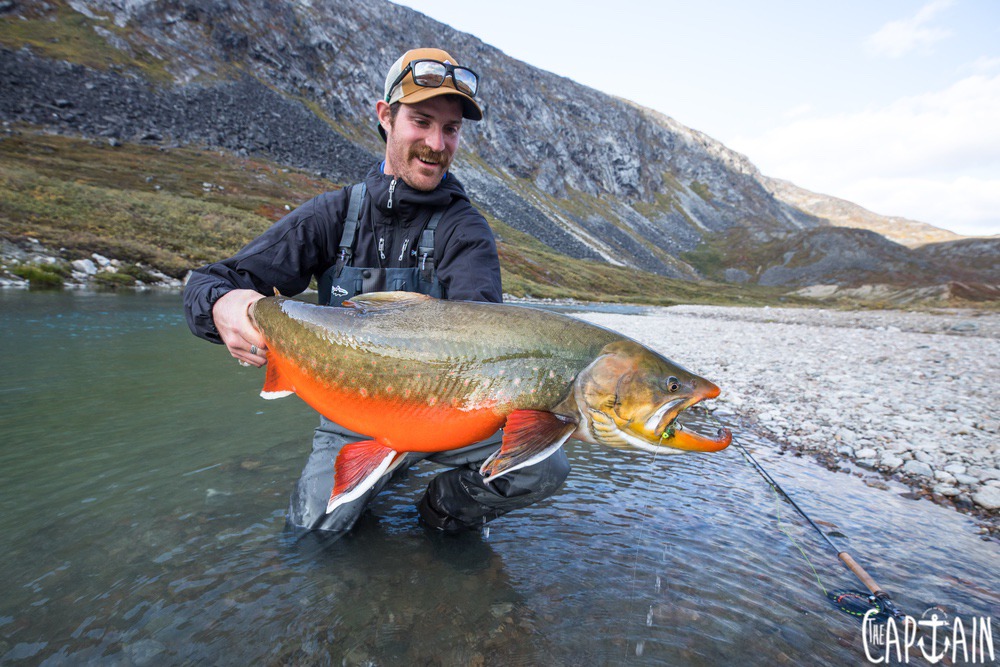
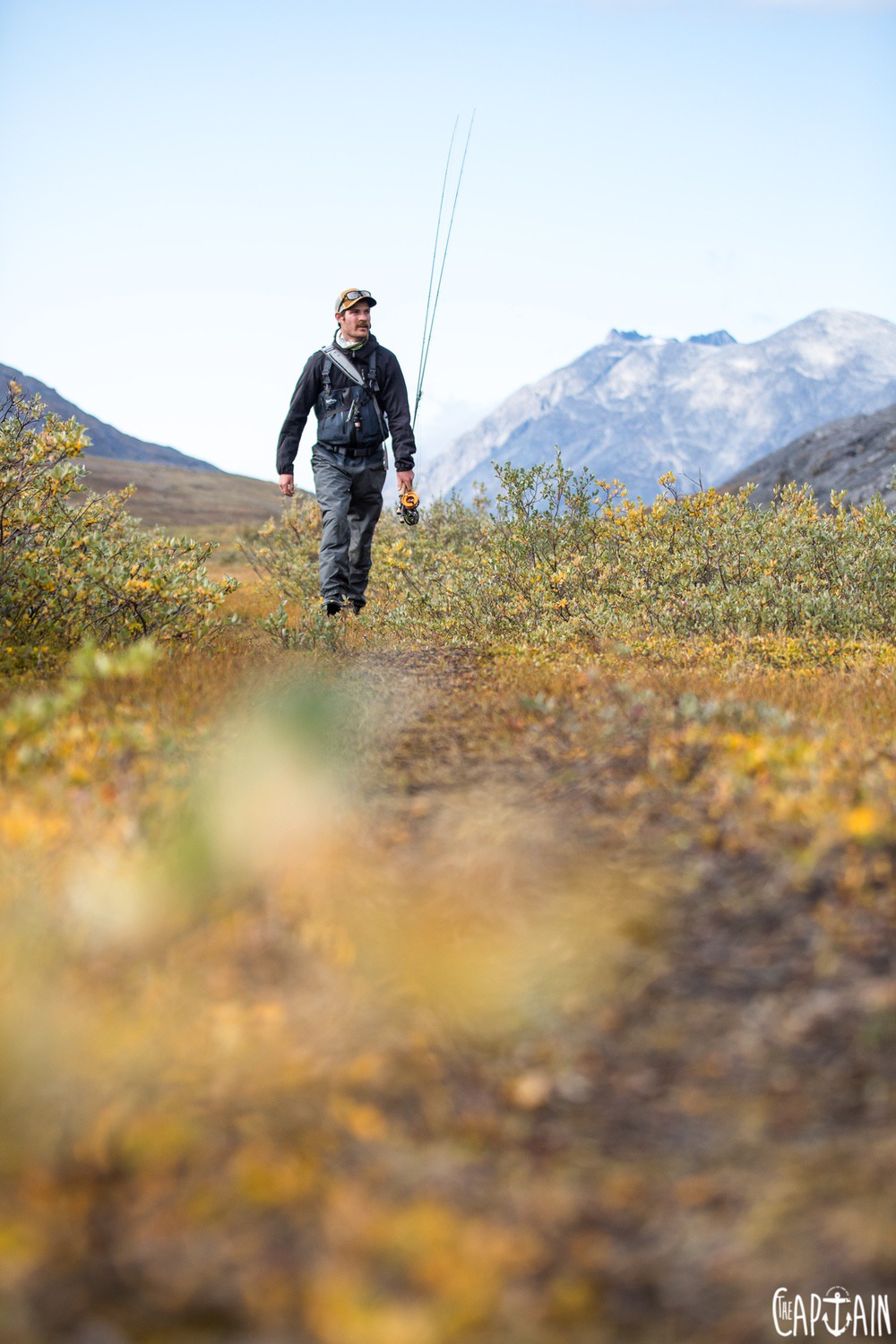
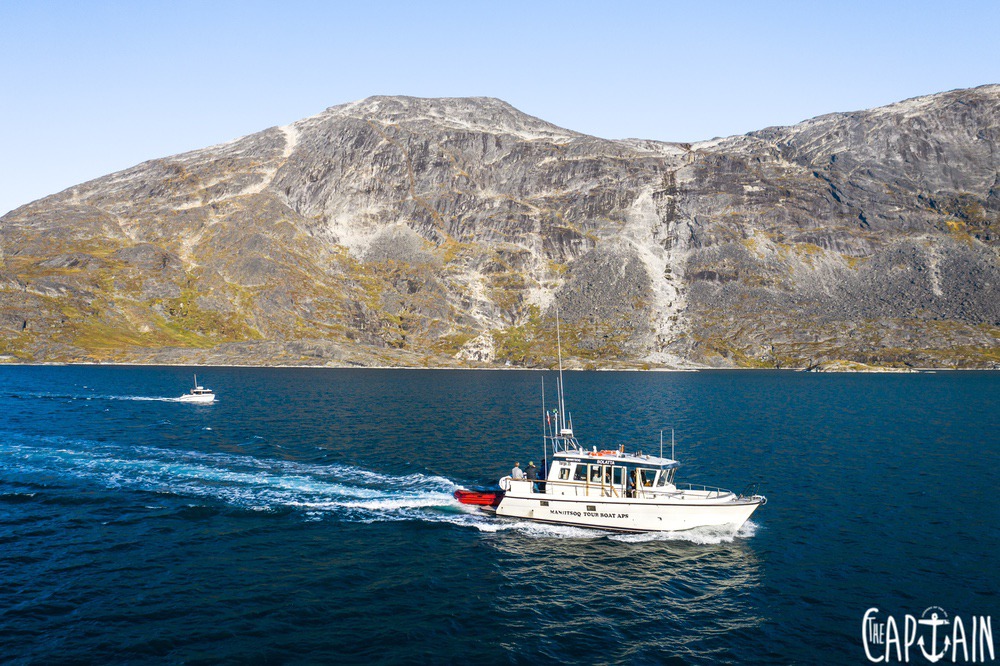
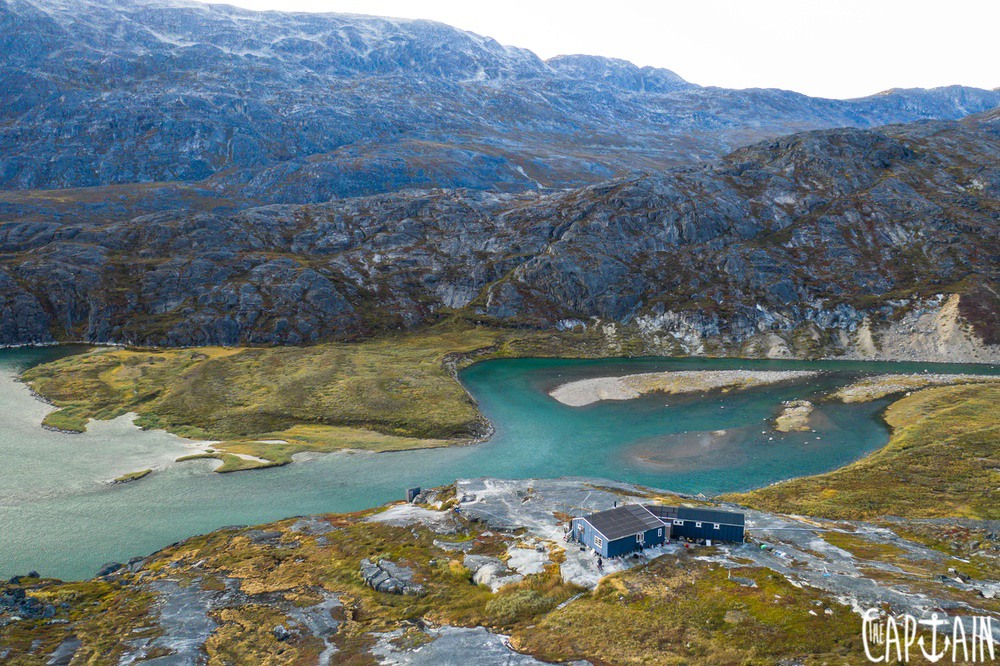
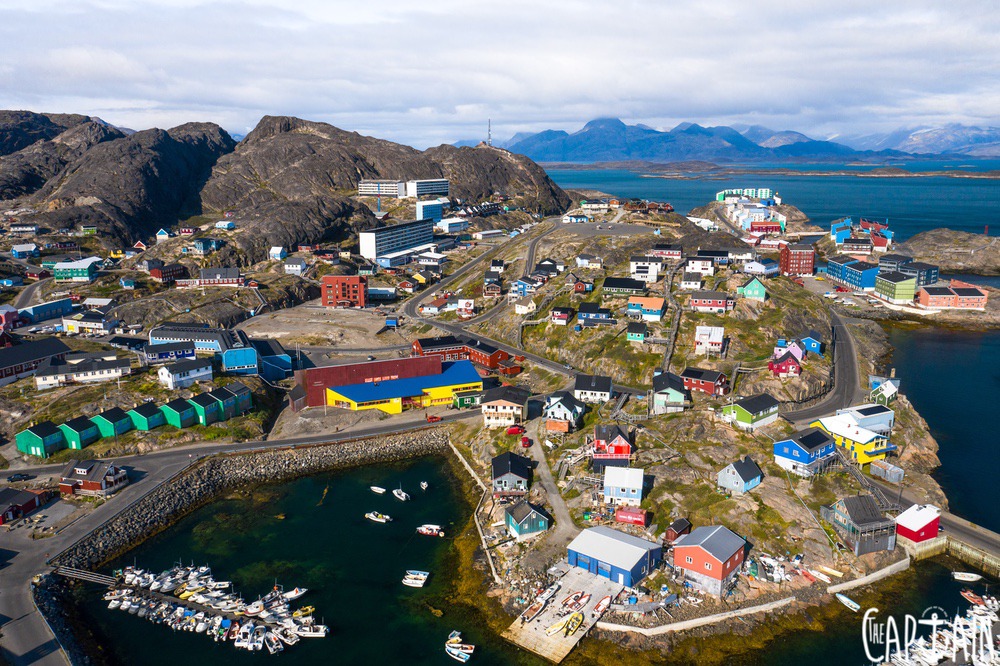
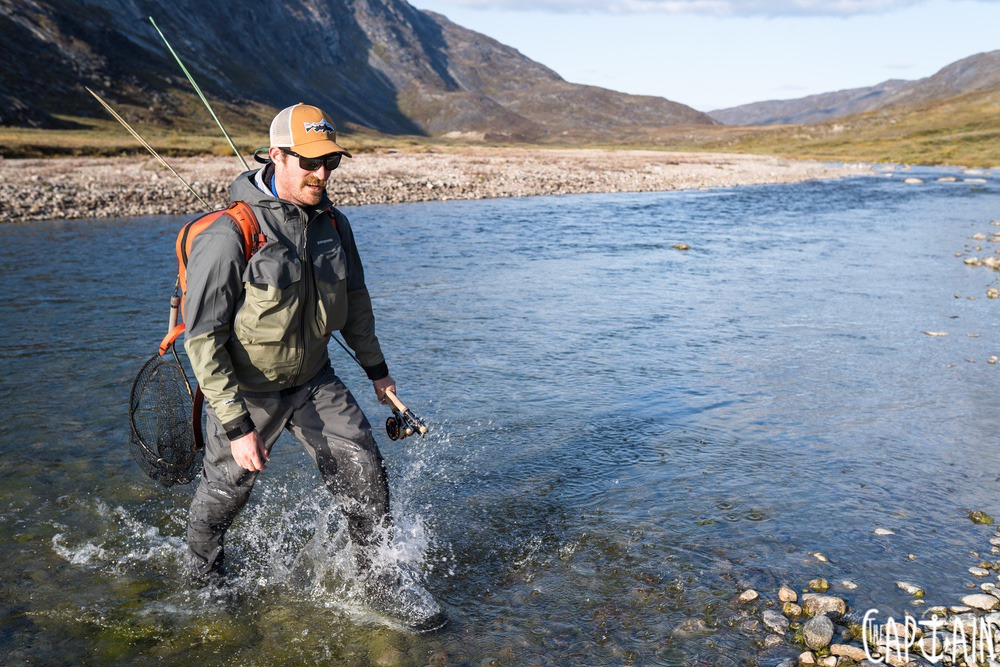
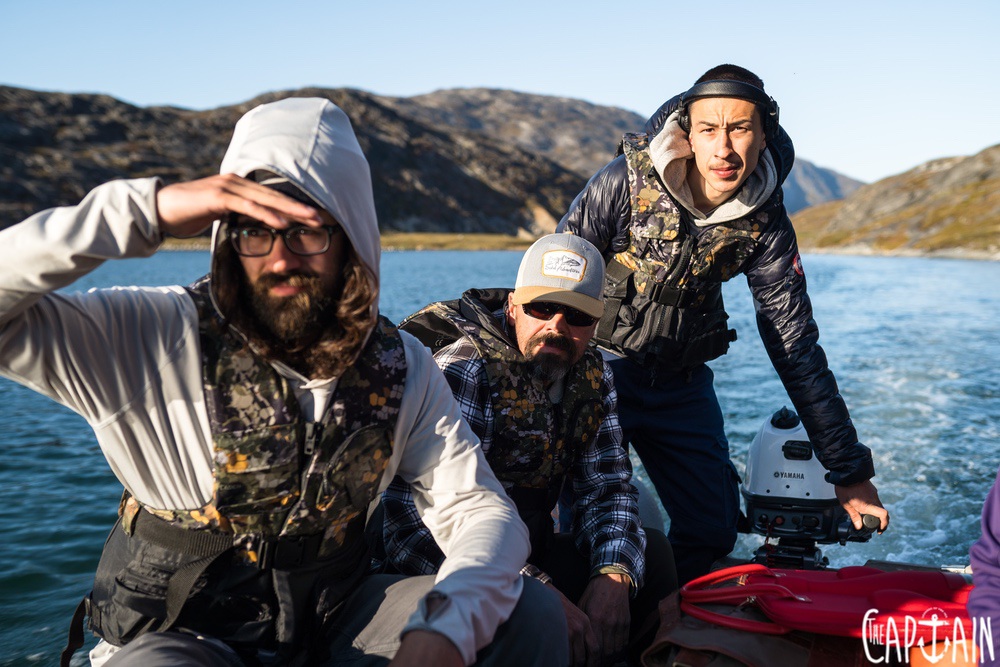


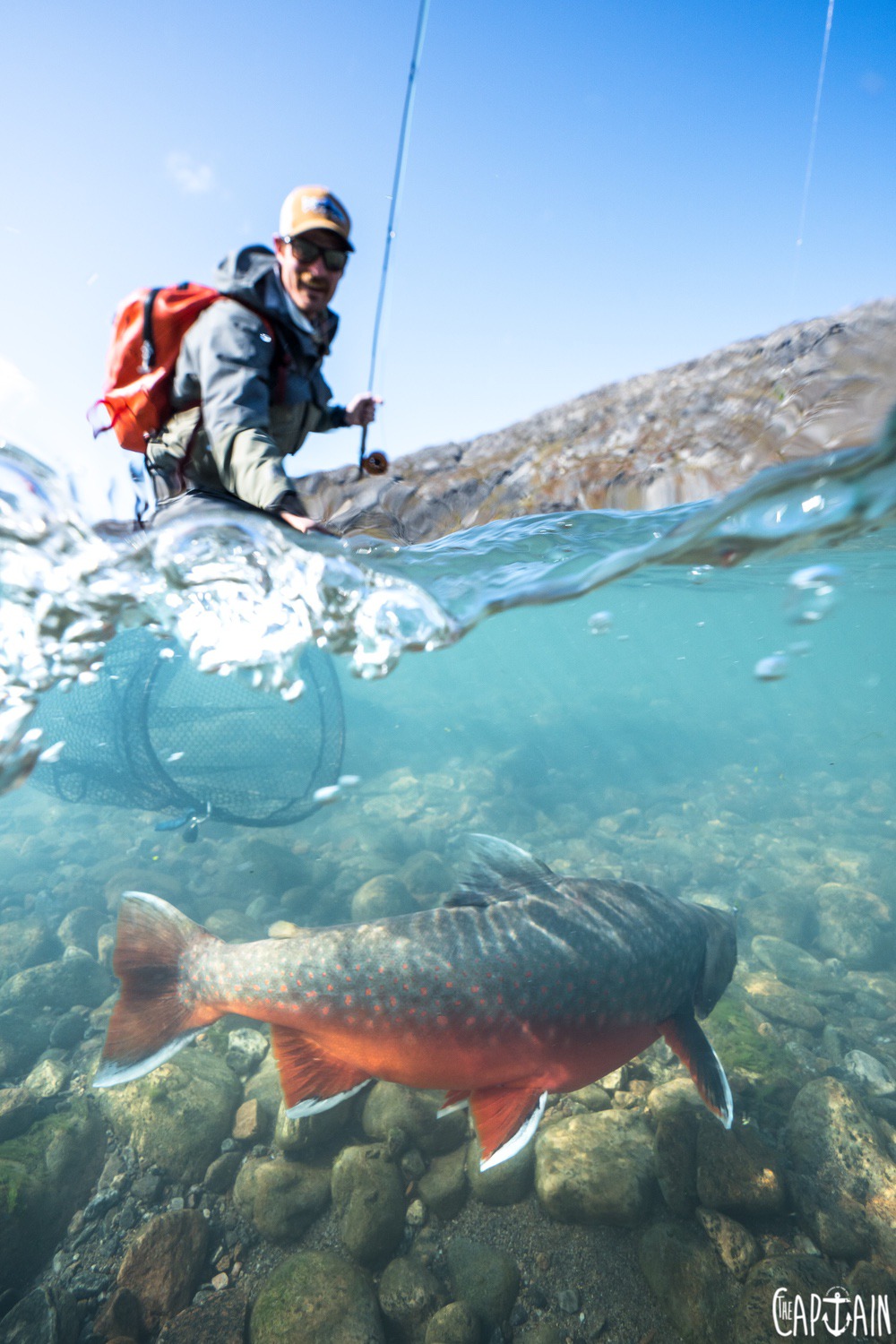

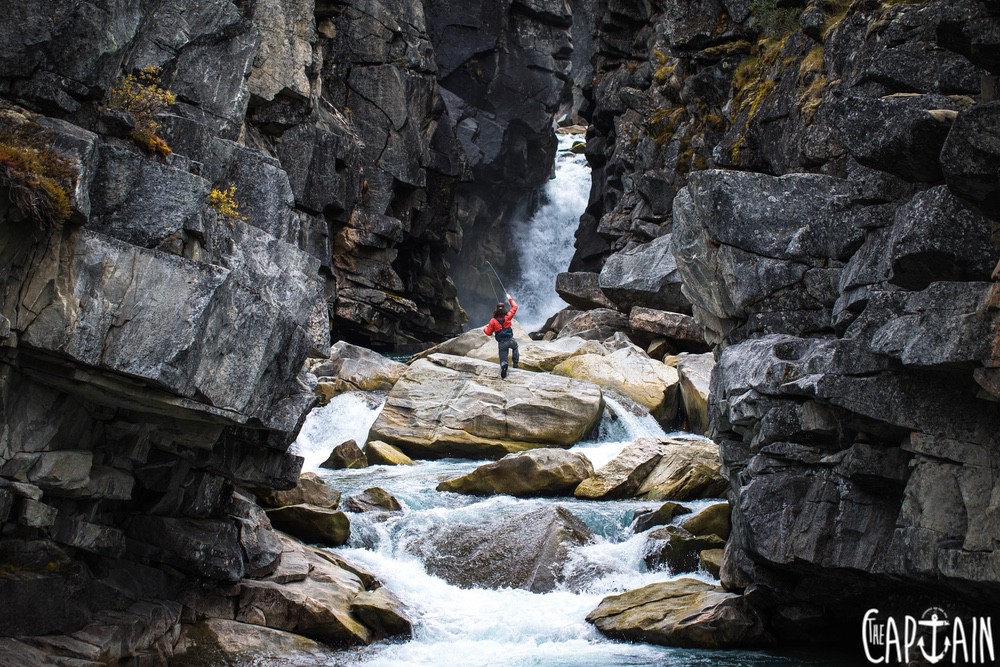
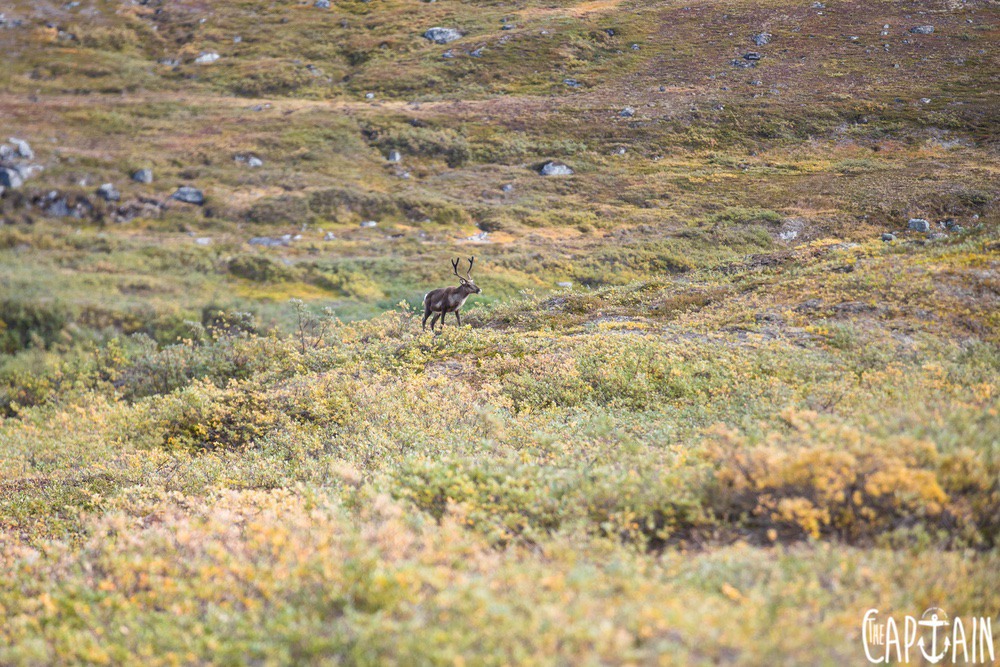
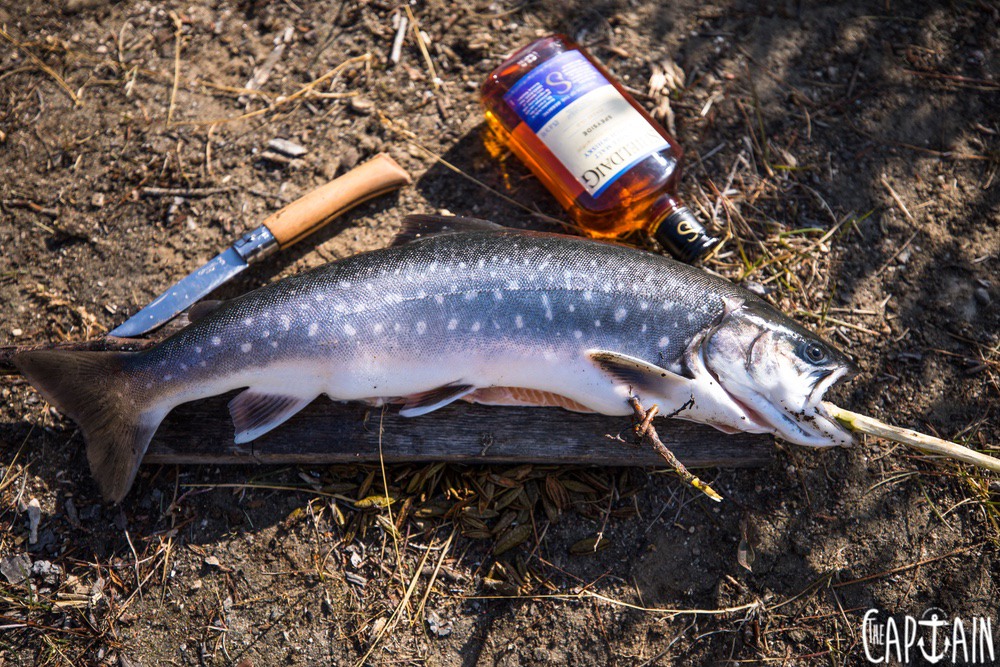
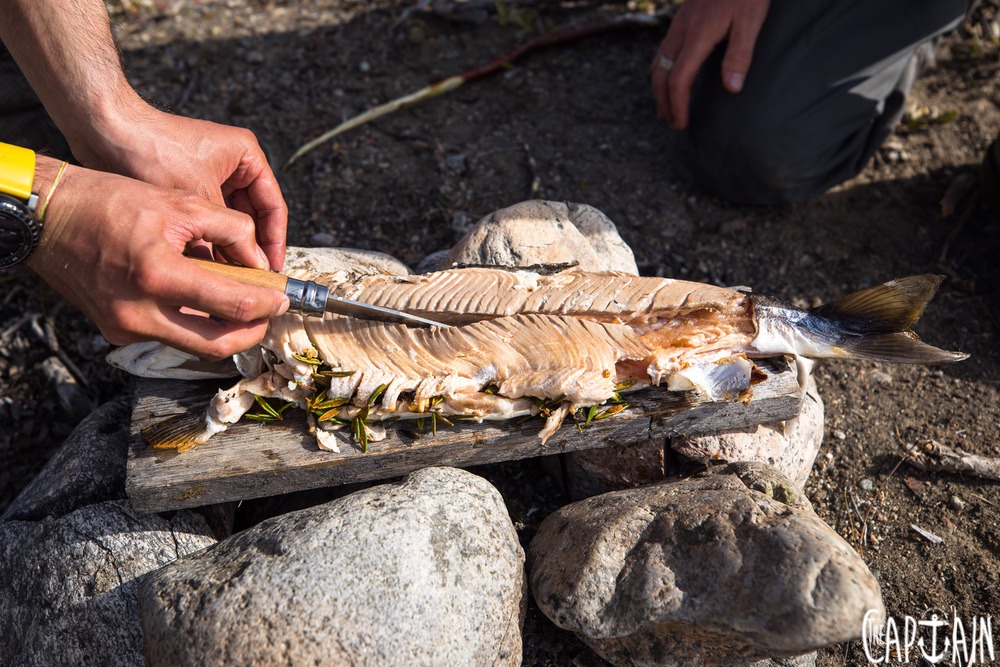
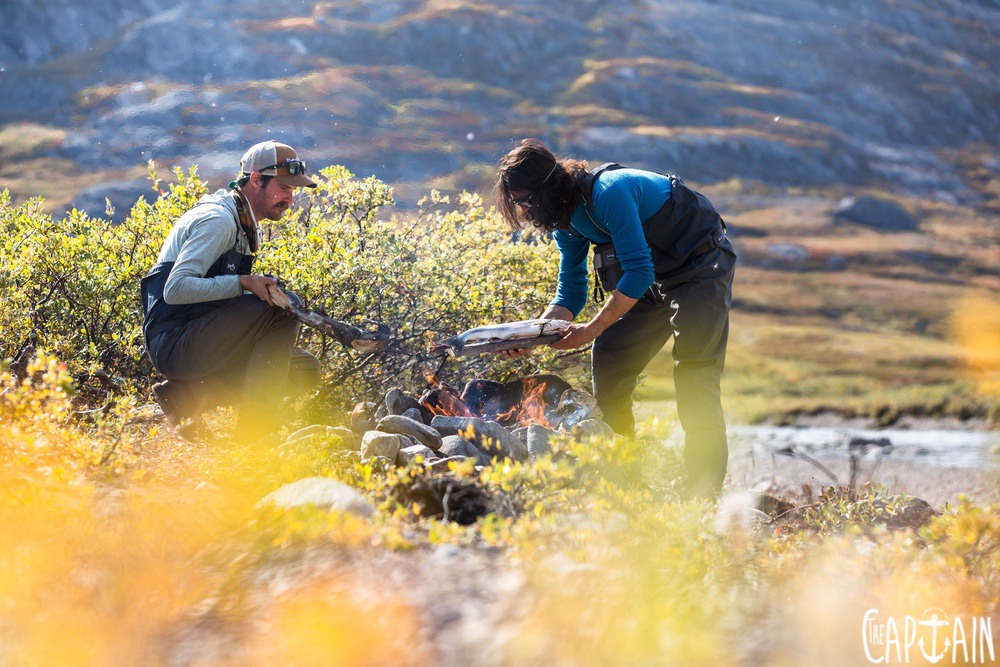

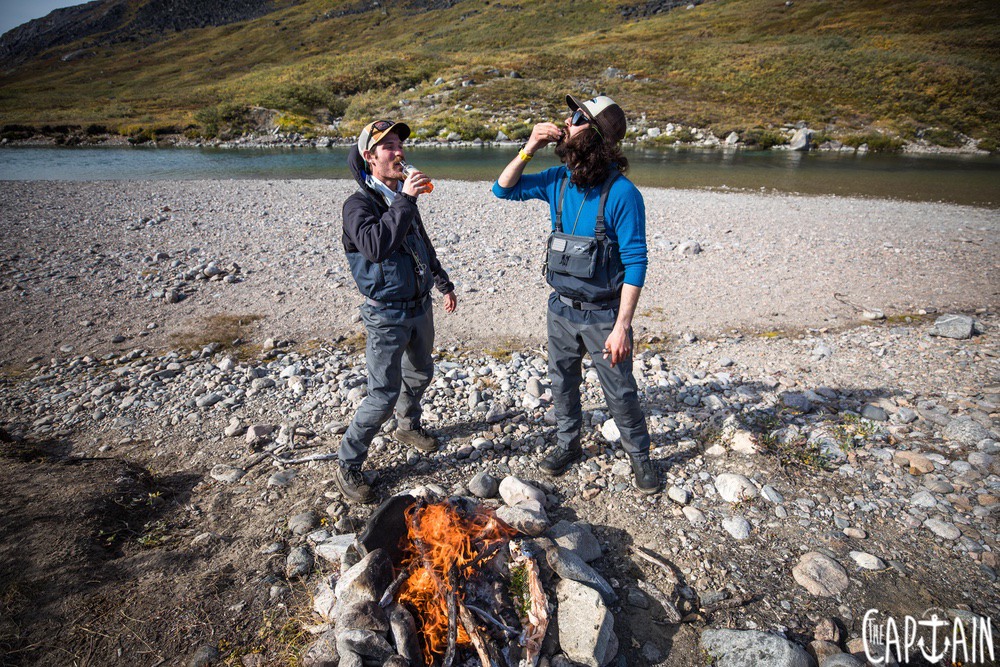
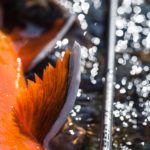
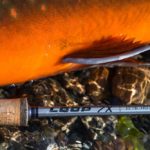
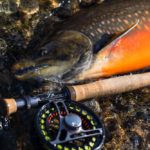
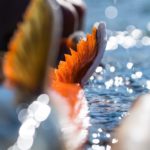
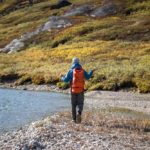
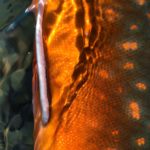
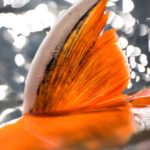
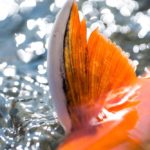
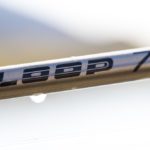
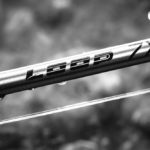
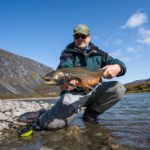
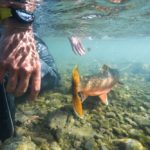
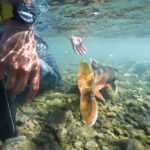
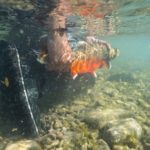
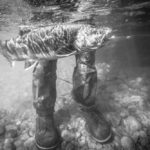
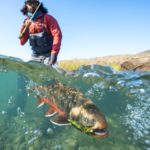
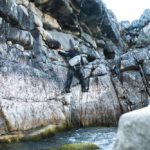
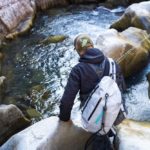
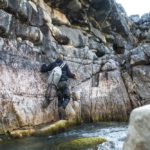
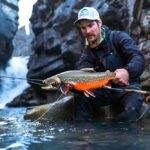
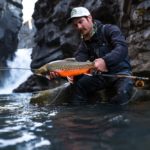
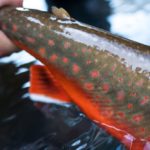
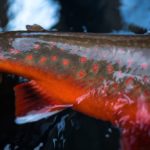
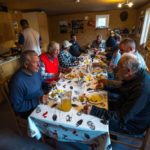
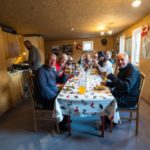
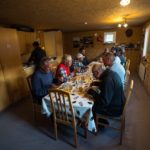
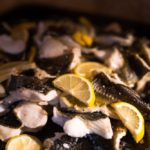
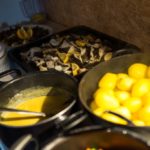
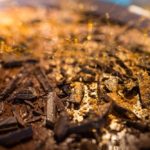
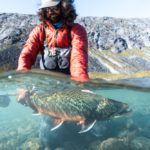
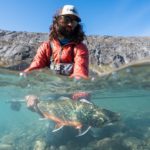
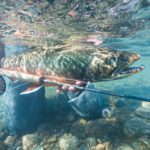
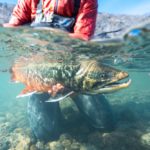
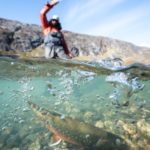
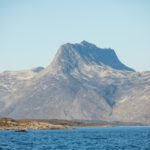
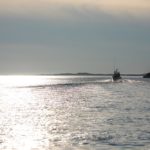
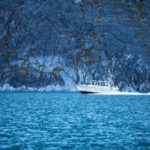
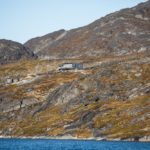
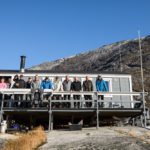
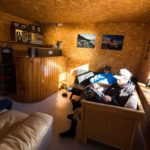
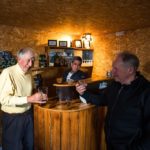
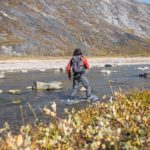
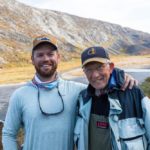
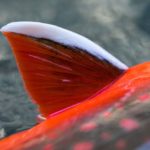
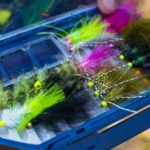
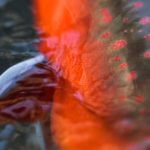
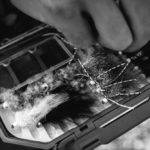
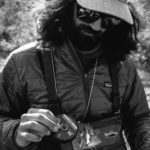
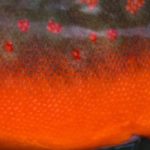
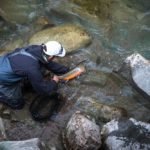
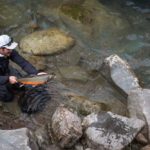
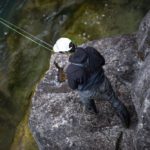
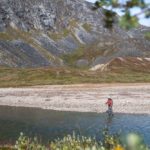
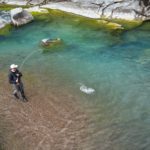
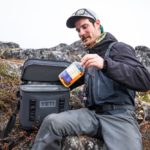
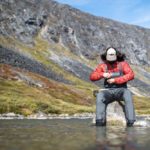
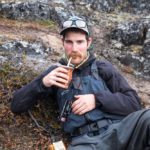
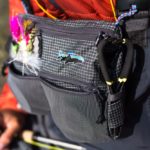
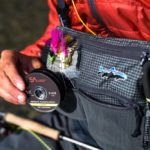
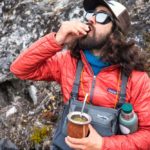
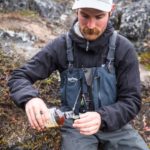
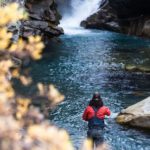
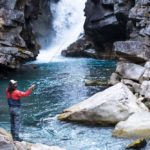
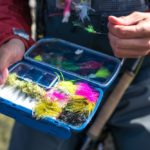
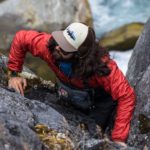
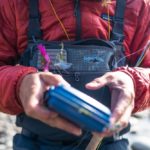
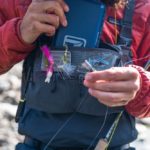
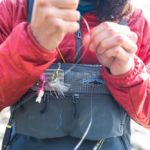
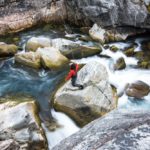
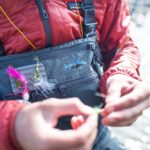
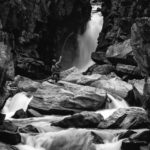
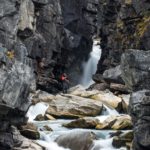
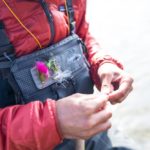
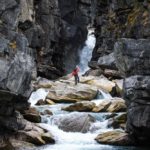
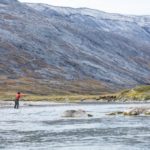
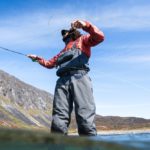
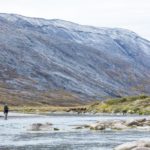
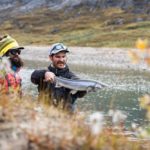
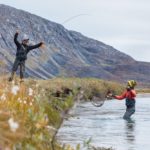
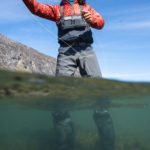
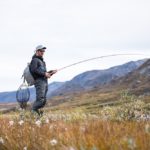
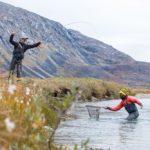
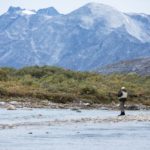
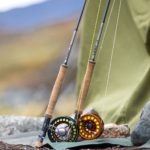
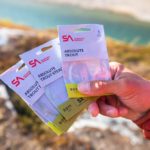
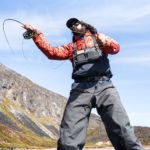
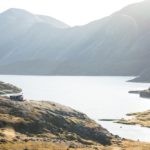
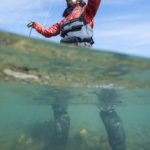
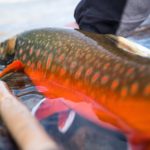
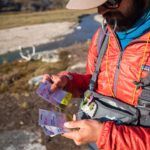
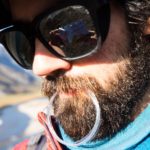
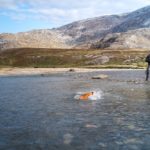
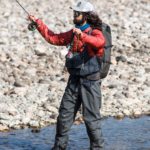

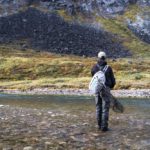
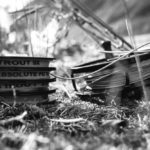
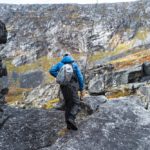
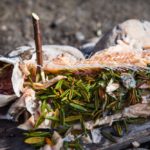
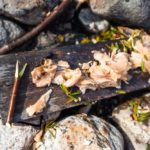
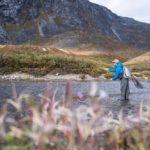
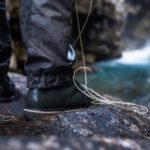
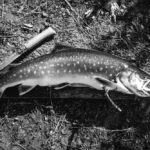
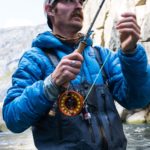
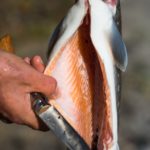
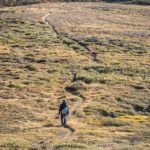
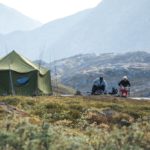
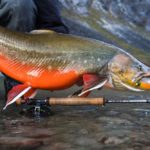
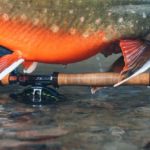
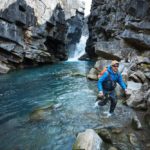
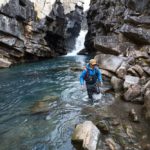
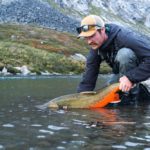
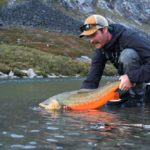
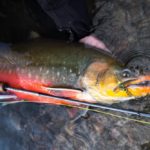
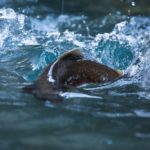
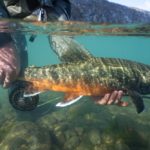
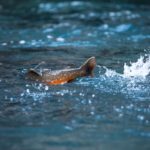
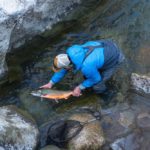
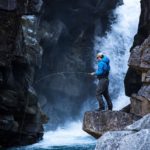
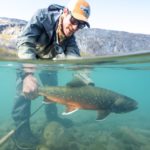
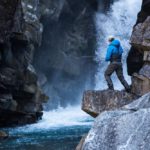
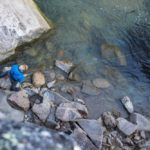
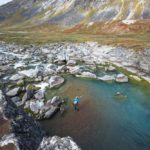
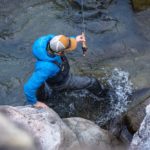
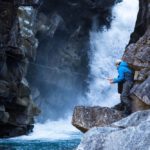
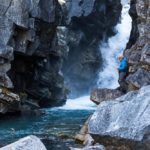
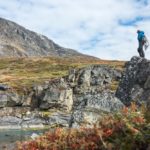
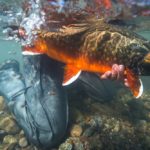
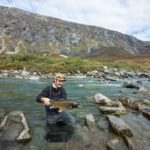
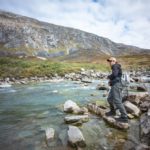
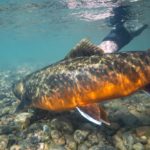
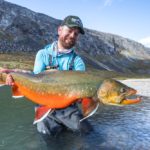
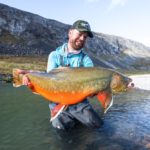
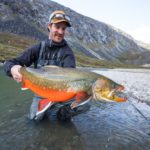
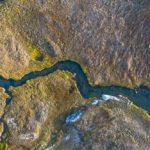
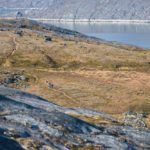
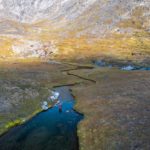
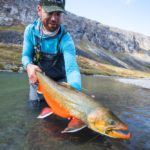
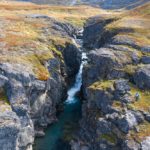
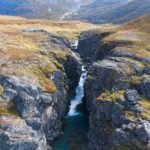
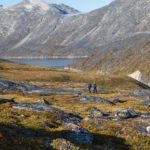
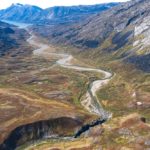
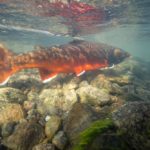
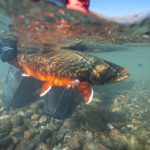
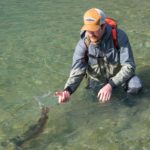
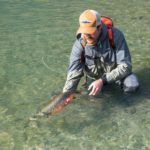
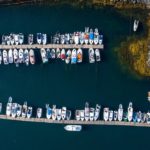
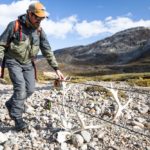
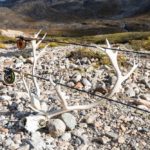
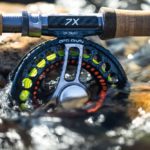
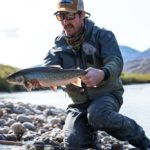
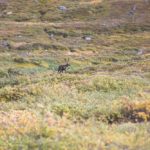
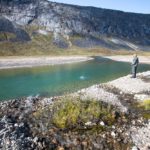
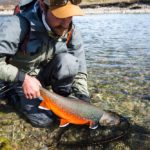
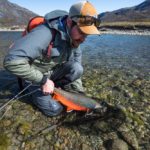
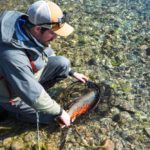
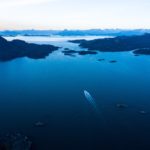
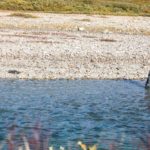
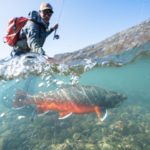
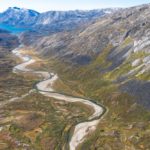
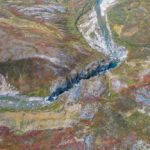
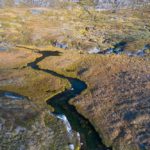
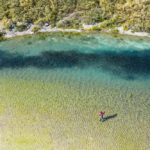
Recent Comments